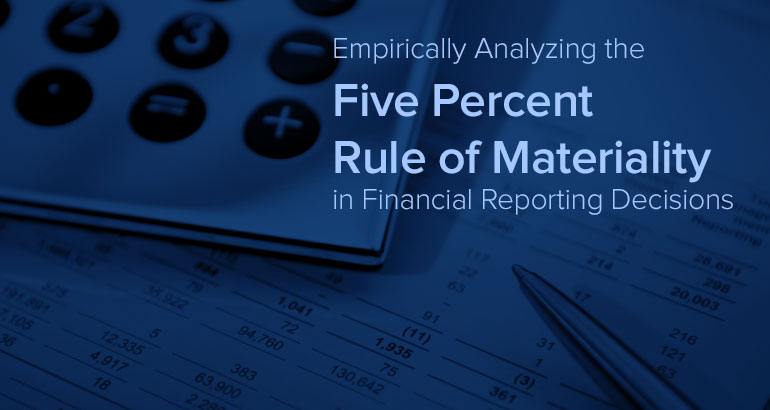Demand based pricing
The pricing decision is important in any organisation as it will be one of the factors influencing a potential customer’s decision on whether to buy a particular product/service. Demand for a product will generally react in some way to a change in selling price, i.e. there will be a degree of demand ‘elasticity’.
The purpose of this article is to cover demand based approaches to pricing where the Study Guide requires candidates to:
-
explain the importance of the price elasticity of demand;
-
explain the demand based approach to setting prices (basic calculations only).
Before focusing on the demand based approaches to pricing, and on the elasticity of demand, it is important to put sales pricing into context by considering other factors affecting both potential buyers of a product/service and the pricing strategies adopted by the seller.
Factors affecting demand
Factors other than price that may affect the buying decision include:
Product factors:
-
product quality;
-
product range;
-
nature of product e.g. essential/luxury;
-
availability of substitutes.
Support factors:
-
level of service provided at point of sale and after sale;
-
advertising and promotion;
-
distribution methods.
Market factors:
-
degree of competition;
-
competitor action/reaction;
-
general economic conditions.
Pricing strategies
The pricing strategy of a seller will be influenced by:
-
The factors noted above affecting the purchase decision.
-
The pricing objective: whether for example sales maximisation is the goal. This may be affected by the stage in the product life cycle. For example, a penetration (low) price may be set initially at product launch in order to capture market share. Alternatively a market skimming strategy may be pursued with a high price in the early stage of the life cycle.
-
The elasticity of demand: the reaction of sales demand to a change in selling price.
Price elasticity of demand
Generally, it is expected for there to be an inverse relationship between selling price and sales demand. If the selling price is increased, sales demand would be expected to fall. If the selling price is reduced, sales demand would be expected to rise. The key question is ‘to what extent is demand likely to respond to a change in price?’
The price elasticity of demand (i.e. the degree of sensitivity of demand for a product to changes in the price of that product) can be measured as:
% change in sales demand
% change in selling price
If the % change in demand >the % change in price then price elasticity > 1. Demand is ‘elastic’, i.e. very responsive. Total revenue increases when price is reduced, and decreases when price is increased.
If the % change in demand < the % change in price, then price elasticity < 1. Demand is ‘inelastic’, i.e. not very responsive. Total revenue decreases when price is reduced, and increases when price is increased.
Price elasticity of 1 will mean that the % change in demand offsets the % change in price, leaving total sales revenue unchanged. An increase in selling price will be offset by a decrease in sales demand: a decrease in selling price will be offset by an increase in sales demand.
An awareness of the concept of elasticity may thus have an important influence on the pricing decision. Where demand is inelastic, prices may be increased but other aspects of the marketing mix may be more important. Where demand is elastic, a price increase will lead to a reduction in revenue. However, costs should also reduce. A price decrease will lead to increased revenue but costs will also inevitably increase. The net impact on profit must be considered (unless the objective is sales revenue maximisation).
For example, where selling price is being increased, price elasticity of demand of 1 will increase profit because volume, and thus costs, will reduce. Where selling price is being reduced, price elasticity of demand of 1 will be insufficient to maintain profit because costs will rise on increased volume.
Profit elasticity of demand
The impact of demand elasticity on profit will depend not only on the degree of elasticity but more particularly on the contribution/sales (C/S) ratio. The concepts of operating leverage and cost-volume-profit analysis provide a useful background in helping to appreciate the potential impact on profit of changes in the selling price/sales volume relationship.
For the purpose of illustration, let us assume that 10,000 units of a product, with a C/S ratio of 50%, are currently sold at £10 per unit. If the selling price is reduced by 10%, to £9 per unit, sales volume of 12,500 is required (an increase of 25%) to maintain profit i.e.:

